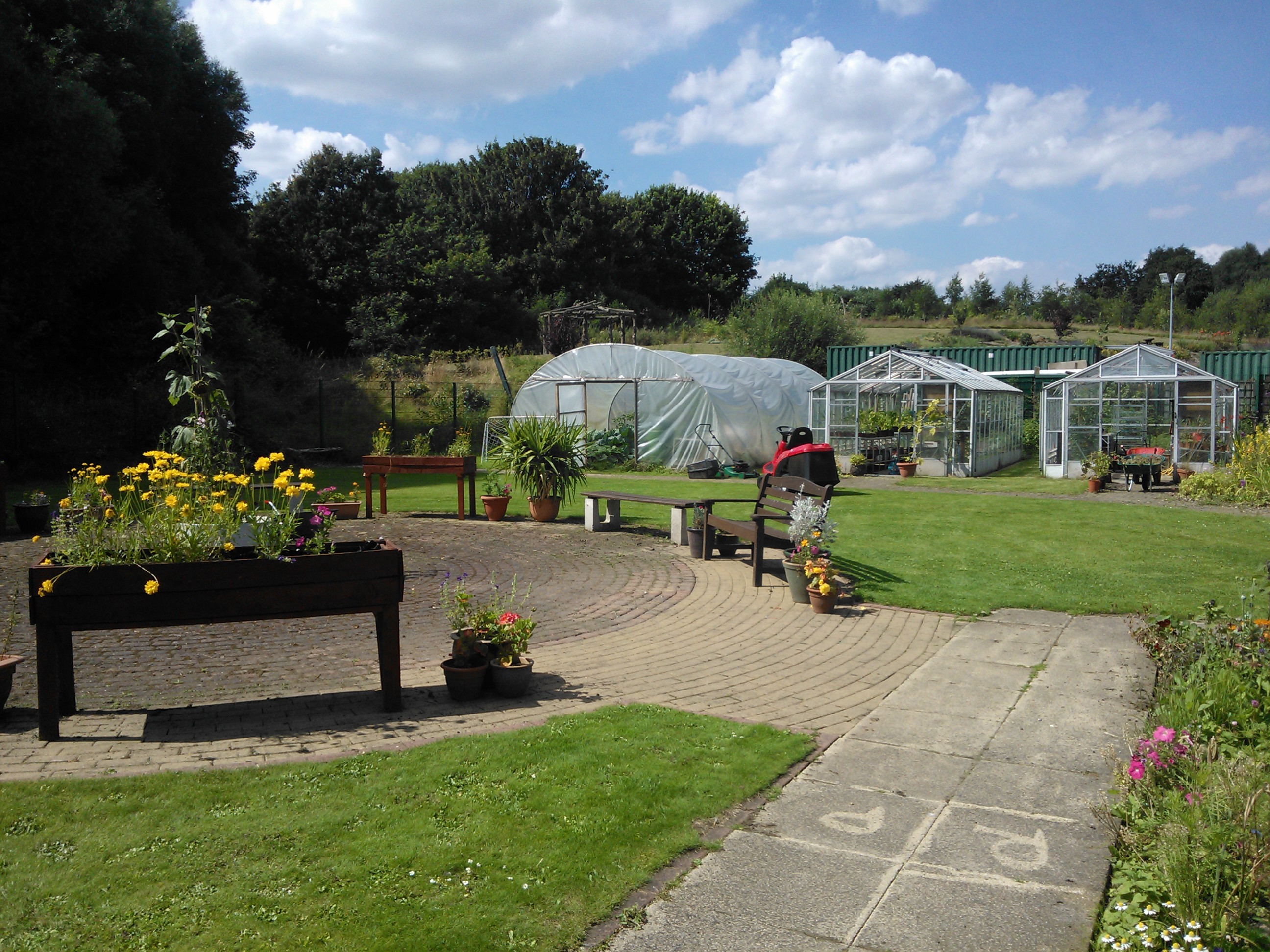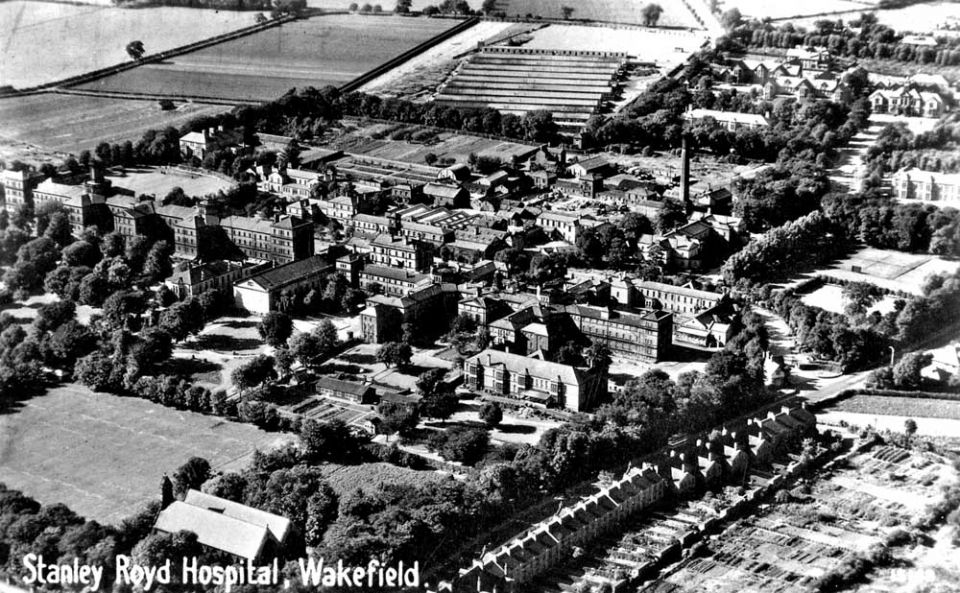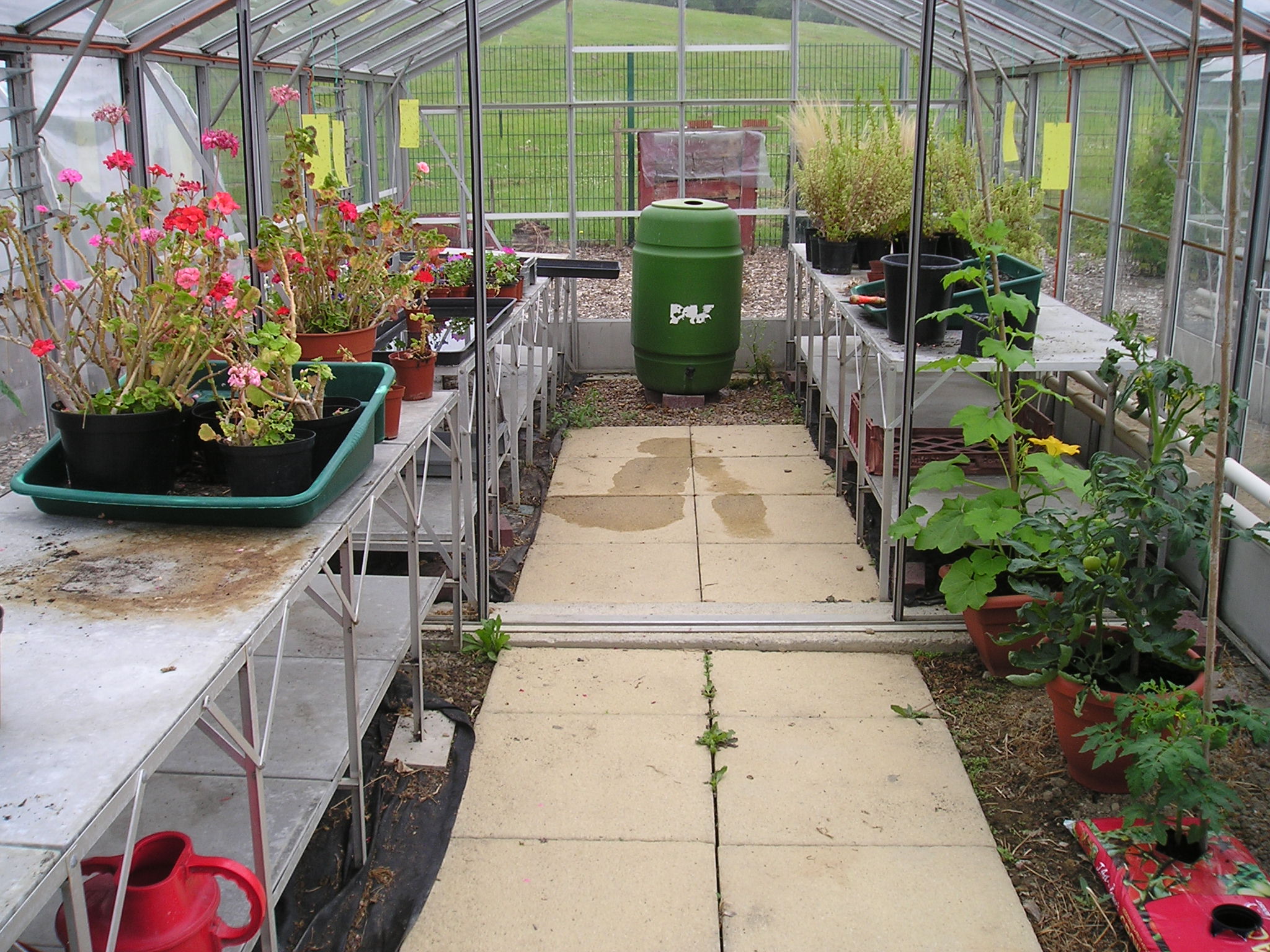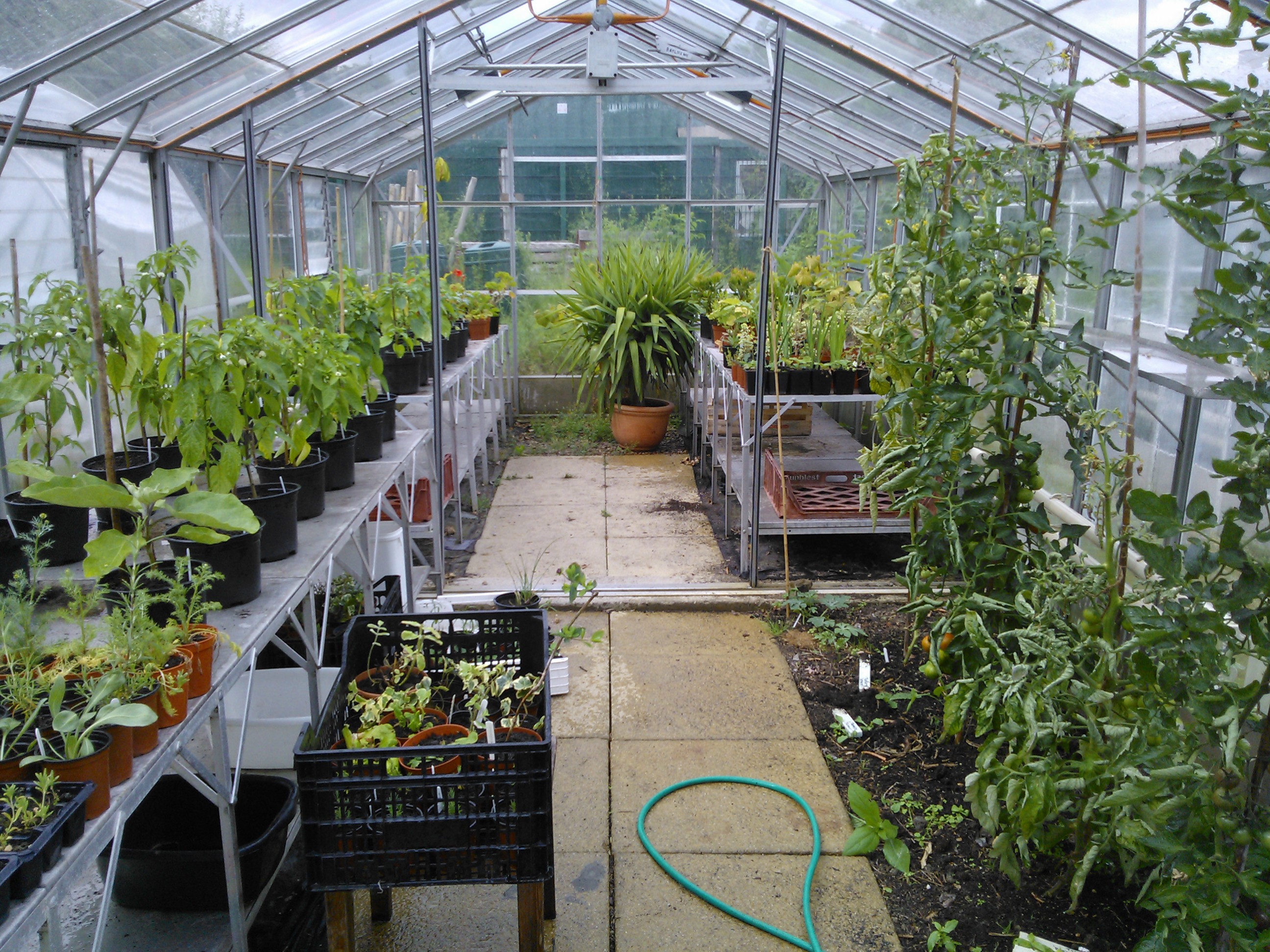A Seven Year Itch
I meant to write this last year but the delay has not been for any emotional reluctance, it really has just been a case of finding the time.

I worked at the Horizon Centre, South West Yorkshire NHS Foundation Trust’s specialist learning disability service, for seven years, between 2009 and 2016. My role was a stand alone position, as the Horticultural Practitioner, charged with maintaining and running a therapy garden whilst also delivering sessions to adults with learning disabilities who had been referred to the service. The service was based on the Trust’s Fieldhead site, just outside Wakefield town centre in West Yorkshire along with other specialist services, such as Elderly, low secure mental health service and the medium secure Newton Lodge unit.At this stage it is worth glancing back to the history of learning disability and mental health services and their use of horticulture in the Wakefield area to appreciate it in context.

When the change in mental health provision changed and the movement to more community living scenarios began the new Fieldhead hospital was built. It consisted of a series of ‘villas’ where people lived. During this time people started to go outside, sit in the garden, start to garden near the building and then developed into a large scale garden as the benefits to the people living there became evident. This existed and developed for many years until another change in the way people with disabilities and mental health issues should live and be treated came into play. At this point the governmental decision was that people should live and have a presence in the community (this is a debate for other, more expert professionals than myself). With this change the villas were demolished and people moved into the community. These were replaced with the specialist services, such as the Horizon Centre, where people would stay (should they be in crisis) or be referred to attend day appointments as specialist assessment or treatment. Staff had witnessed and valued the benefits horticulture had provided to the service users and this led to a garden being a significant inclusion in the plans for the new building.

I started the role in July 2009. The position had been vacant for approximately 18 months and the garden still in it’s infancy, though all of the hard landscaping and buildings had already been decided/were in place. The greenhouses being moved over from the previous villa garden, which was situated just in front of the tree line on the horizon.
The team at the Horizon Centre was multi-disciplinary, including physio’s, speech and language therapists, occupational therapists, psychologists, therapy assistants and myself. The aim was that when a situation in some live changed, such as behaviour, moving out of parents care into supported living, then they would be referred to the Horizon centre for specialist input. This information would lead to a report and recommendations that Social Services would then put into place.

Over the course of seven years I worked with a wide range of people with learning disabilities helping them discover horticulture, improve their horticulture skills and interest or improve their social skills through horticulture (I do accept that not everyone likes physically gardening!). I run individual and group sessions and this set up allowed people, once confident with myself, staff, the environment could often then be exposed, in a structured way to a group and eventually entirely integrated in it. In a lot of cases the aim was to establish friendships which could be transferred to community services. The ultimate aim was that people would come to our service and leave to engage better in local services and be able to lead an improved life in their own community. There was no fixed time limit for each person, which was an excellent way to approach such treatment as no two people are the same.


Over the years I was involved in many activities and grew many different things, which was mainly dictated by the service users. We grew a wide range of chillis, aubergines, traditional and heirloom tomatoes (some people just know ‘Alisa Craig’ and ‘Gardener’s Delight’ and wont go near a yellow tomato), watermelons, cantaloupe melons, a variety of soft fruit, traditional outside vegetables as well as a range of annual and perennial flowers.
Myself and the Trust’s other horticultural therapy professional, Tony Howden, at Newton Lodge set up a service helping other staff to utilise the benefits of using horticulture as an activity with the service users they worked with. The aim was to understand what horticultural activities were being carried out across the Trust and to improve people’s understanding and providing them with skills and confidence to carry out horticulture tasks, such as propagation techniques. We also assisted them to attain funding for various projects.
In 2013 I was awarded a Winston Churchill Memorial Trust Fellowship to travel to Canada and the USA to study and compare the development of horticultural therapy as a profession. More information and the subsequent report of those findings can be found at my sister blog: The Travelling HT

Sadly, in June 2015 the Trust announced it was undergoing a ‘Transformation’ of the learning disability service. This involved removing the community based part of the service from the Horizon Centre, leaving the remaining inpatient service. The community service becoming more flexible and remote, working across the district. This meant that my post was redundant, resulting in the loss of specialised horticultural therapy for people with learning disabilities. This was a long and frustrating process, culminating eighteen months later with my redundancy in October 2016.

I am not bitter, I don’t hold a grudge, things change and move on. Nor was I naïve. Working in such a field, as a lone practitioner, you are aware (though not worth dwelling on) that such a post could be at the whim of a manager during a re-structure.
On reflection, once the dust had settled, the main frustration lies in the lack of understanding from higher level management on the benefits of horticulture and how cost effective such a service can be. There was no discussion with myself about what the service offered, how many people attended or what they outcomes were. This is a shame, because, despite all of the research carried out on and the increased publicity of horticultural therapy it had still not resonated or be valued by management in the health care sector. It is not right to suggest that this approach of one Trust is typical of all but it is a worrying situation in a time where the aim is for personalised budgets, personalised healthcare and a movement away from traditional pharmaceutical treatment (where possible).
There is no longer specialist horticulture input in the learning disability service. While horticulture continues and must do in all services aimed at improving people’s health and quality of life it cannot be overlooked the importance of professional input. My time there has come and gone and life moves on but a fundamental understanding of horticulture, a group of people and how to adapt activities is essential in order to ensure a safe, inviting, stimulating space with a range of activities in which the benefits of horticulture can be fully exploited.







